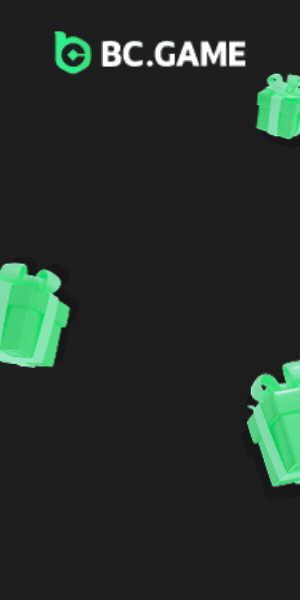Developing decentralized applications (dApps) in the Web3 space often feels like navigating a complex TV series plot. Just as a hero's straightforward mission gets bogged down by endless side quests, dApp developers frequently find themselves tackling numerous peripheral tasks before reaching their main objective.
These "developer side quests" - while sometimes necessary - can significantly delay the creation of truly innovative and valuable dApps. The challenge lies in finding the right balance between essential infrastructure development and focusing on the unique features that set your dApp apart.
Choosing the Right Development Level: A Crucial Decision
The foundation you choose for your dApp can significantly impact its performance, scalability, and overall success in the competitive Web3 landscape.
Level 1: Direct but Demanding
Building directly on a primary blockchain (Level 1) offers immediate access to established infrastructure and services. However, this approach exposes dApps to network congestion, unpredictable gas fees, and limited control over governance and tokenomics.
AppChains: Customizable but Complex
AppChains provide a tailored blockchain environment for specific dApps or ecosystems. While offering unparalleled customization in governance, consensus mechanisms, and tokenomics, they demand extensive infrastructure development - a significant "side quest" that can detract from core dApp functionality.
L2/L3 Solutions: Faster but Fragmented
Layer 2 and Layer 3 platforms offer improved speed and reduced costs. However, they often struggle with fragmented liquidity, broken composability between dApps, and potential security vulnerabilities.
The Container Model: A Balanced Approach
Emerging solutions like Supra's Container model aim to combine the best aspects of previous approaches. This model offers:
- Isolated management of governance, tokenomics, and execution.
- Access to Layer 1 infrastructure benefits, including security and composability.
- Maintained connection to Layer 1 liquidity pools.
Choosing the Right Path for Your dApp
While the Container model presents a compelling option for many developers, the best choice depends on your specific needs:
- Choose an AppChain if you require complete customization and have the resources to build extensive infrastructure.
- Opt for L2/L3 solutions if your dApp benefits from specialized off-chain processing with periodic rollups.
- Consider the Container model to minimize development "side quests" and focus on your dApp's core value proposition.
Conclusion: Prioritize Your Unique Value
The key to successful dApp development lies in minimizing unnecessary complexities and focusing on what makes your application unique. By choosing the right development environment, you can streamline your process, reduce "side quests," and bring your innovative ideas to life more efficiently in the ever-evolving Web3 landscape.
 Nikolas Sargeant
Nikolas Sargeant







